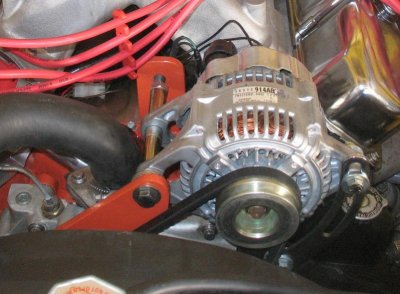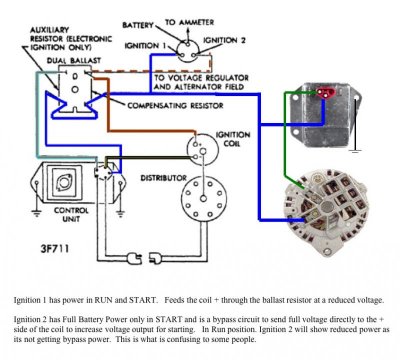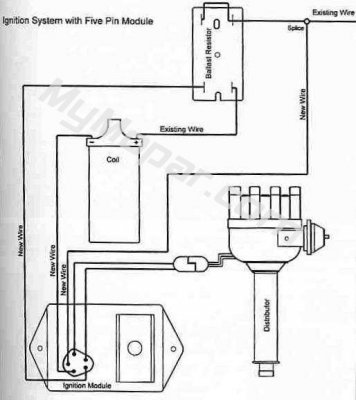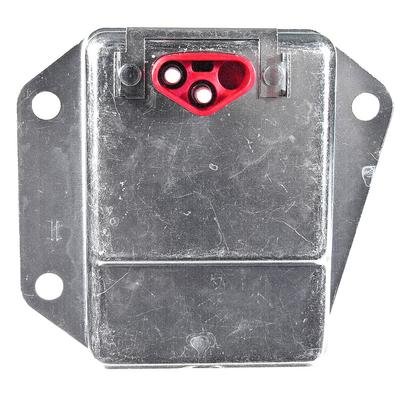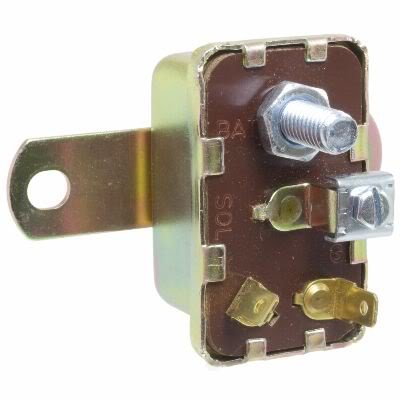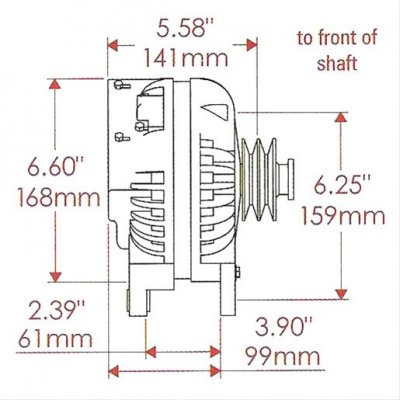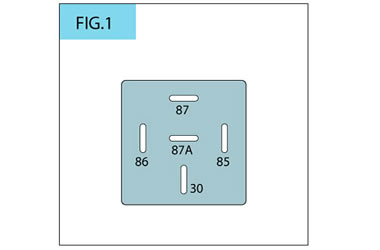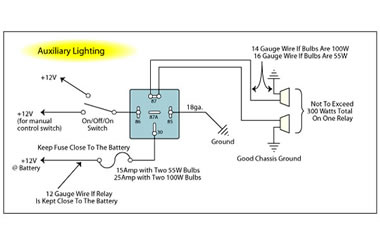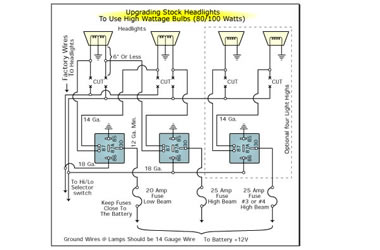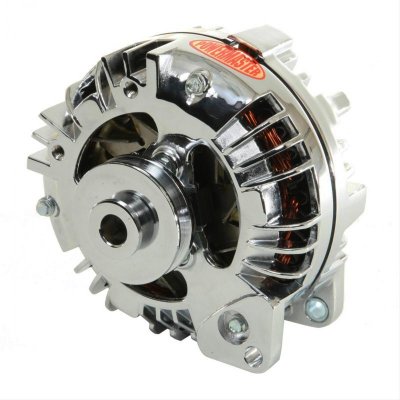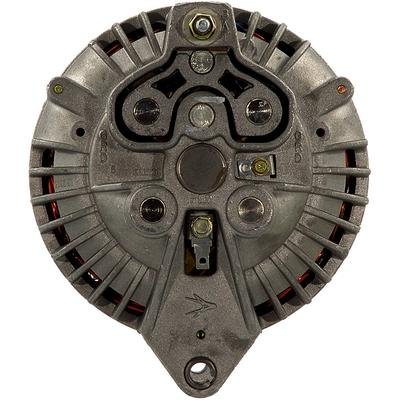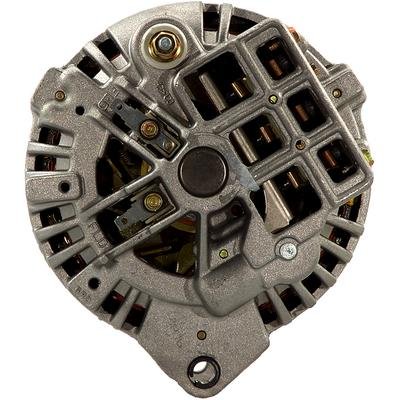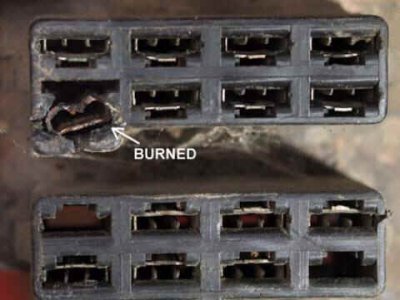I highly also recommend reading the Mad Electric Mopar wiring tech section too,
or call the guy he loves to talk "usually"...LOL
I done a bunch of different ways...
Relays to the headlights is also a great idea,
it shortens the path of resistance &
has constant voltage 12vts at or near the lights
If you really want to cure most all of the ails in the old weak analog system
or you could also convert to a newer style electronic regulator too,
an Chrysler electronic regulator, 4 post ballast resister & 75 amp. alternator
{I used a Chrome cased Powermaster 1759}
to keep somewhat Mopar look or Parts
if your actually worried about that sort of thing
M&H Electrical Fabricators
http://www.wiringharness.com/PDFS/Chrysler_Wiring_Harnesses.pdf
{Sold exclusively by Year One} makes a great plug & play harness
you could also upgrade, if you haven't already
to an electronic ignition, higher amp. alt & an electronic regulator &
still use all OE style/looking Chrysler specific parts,
they have them already done, ready to go...
I've use a 73 & later style Chrysler electronic regulator
a CEI & distributor & a MP CEI Chrome Control Box
a Powermaster dual feed 75 amp alternator
I also went with a serpentine belt system too...
It works pretty damn good...
Not ideal for racing, but fine for the street...
I've done it a few times on quite a few of my street cars
sort of an easy fix:
But you can also bypass & the shorten the path of resistance that's at the Amp gauge,
You run a 8ga. wire from the 1/4-20 post on the back of the alt. main 12vt output,
up-to the starter relay that's up by the bulkhead connector,
wire is run along the OE harness along the intake & across the firewall
& it runs up-to the large post, a 1/4-20 terminal on that OE starter relay,
Helps & It will shorten the path {wiring}, helps to be less resistance &
will still maintain the OE wiring too, gauge won't fluctuate *** bad,
it won't bounce &/or discharge at somewhat lower idle speeds either...
It's not a 100% fix, but a great band-aid that actually works...
also at the bulkhead connections
{
carefully remove plugs &
clean off corrosion & oxidation, add a dab of dielectric grease on all connections,
before you reattach them, also make sure the connections at the Amp meter are solid,
good crimps etc., know to cause melting & fires},
both areas are big issues in these old Mopars, could be part of your problems...
It could just be bad brushes in your alternator
or a little too low of an idle speed too
or a combo of a bad/weak analog points style reg.,
bad corroded electrical connections or all the above...
what ever you do
make sure all the grounds are tight, adequate size & all connections clean
use dielectric grease on all electronics connections
I always ground the engine to the firewall usually off the back of the intake
add a ground strap to the alt. body, back to the inner fender-well/body too
{again less path of resistance for the old style charging system}
make sure it's a paint free surface/clean, no rust corrosion etc.
There's a bunch of different way you can go,
there are some great suggestions here above too...
good luck

